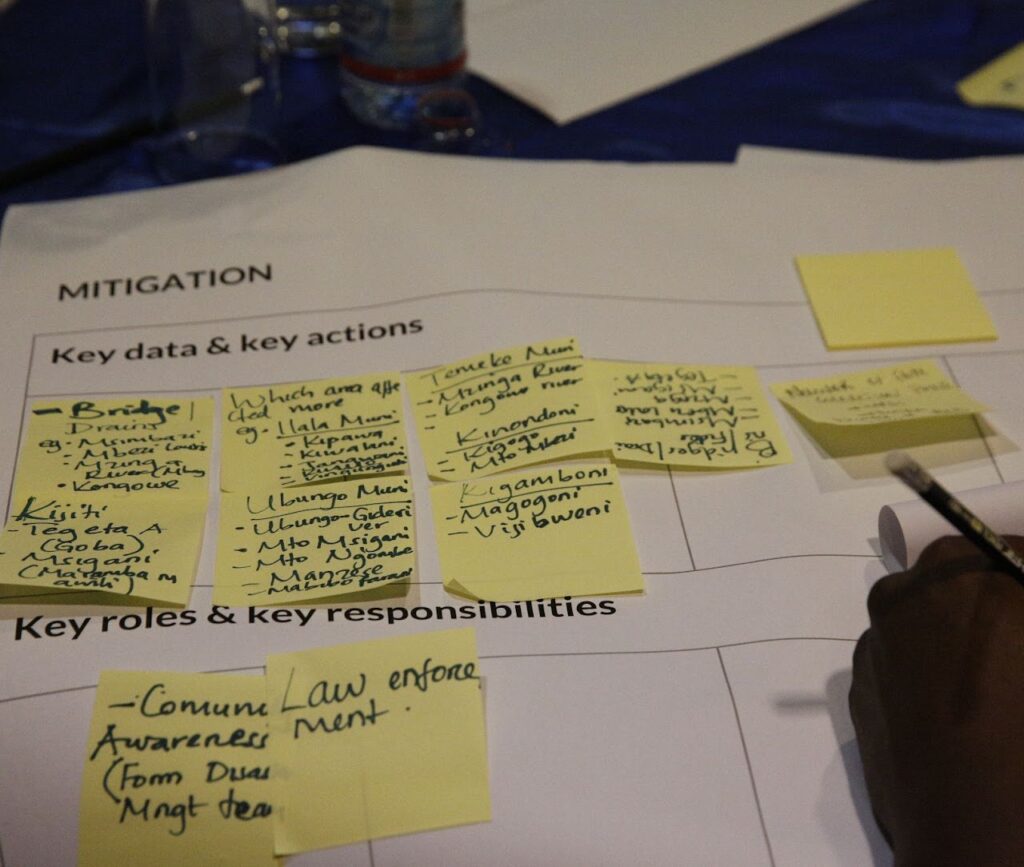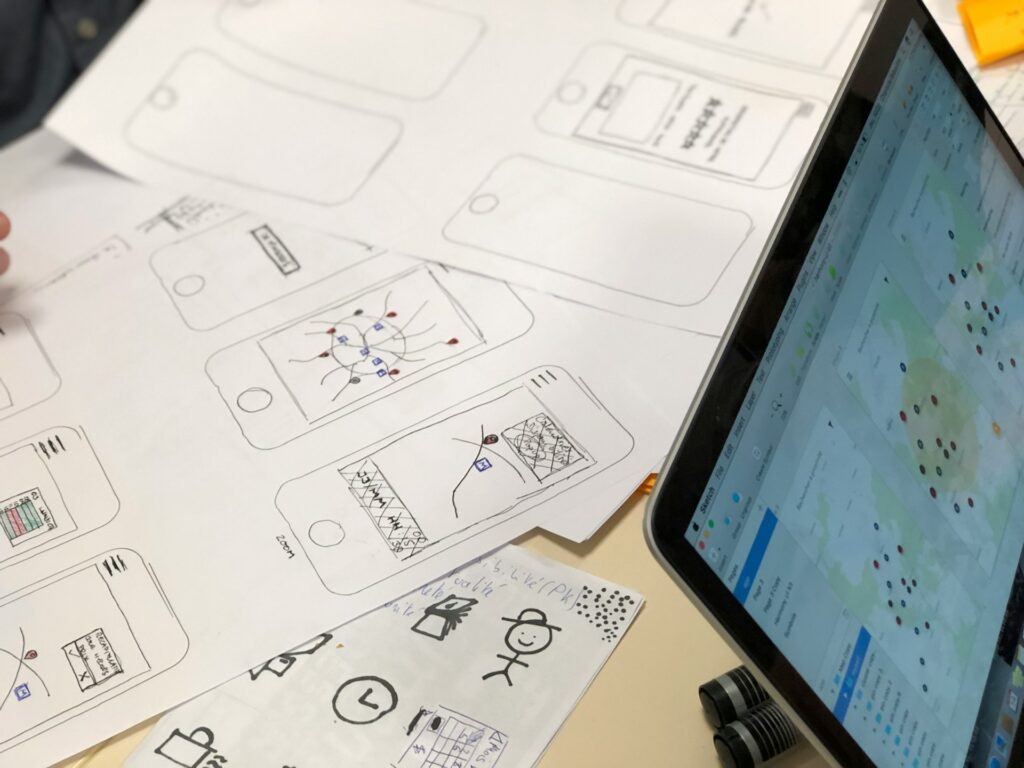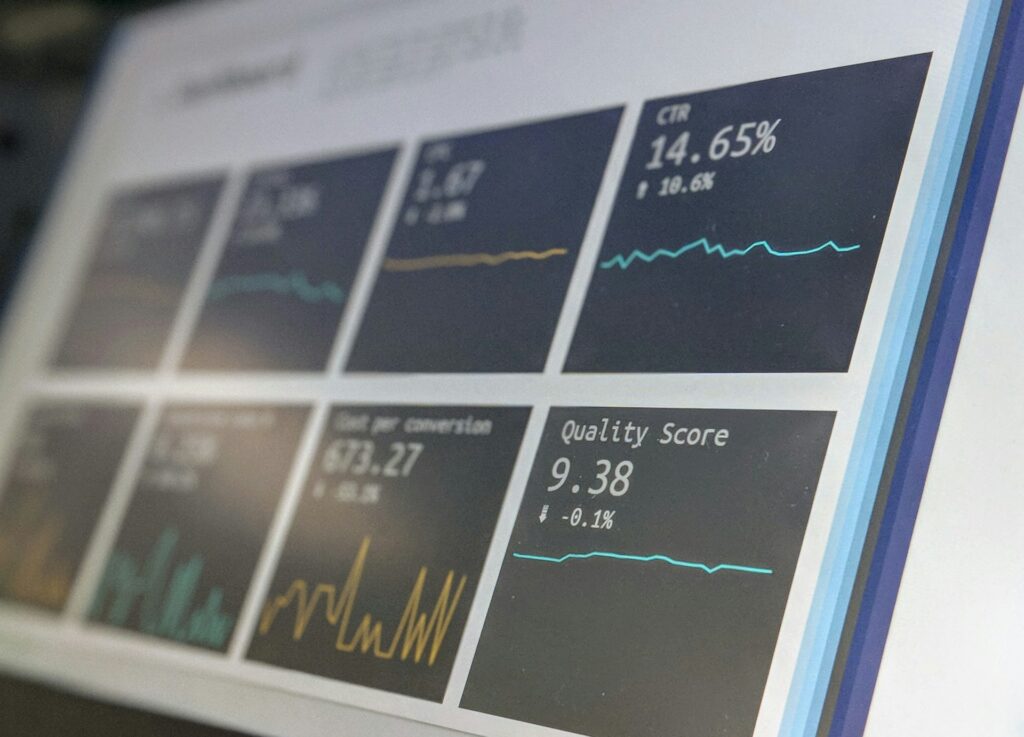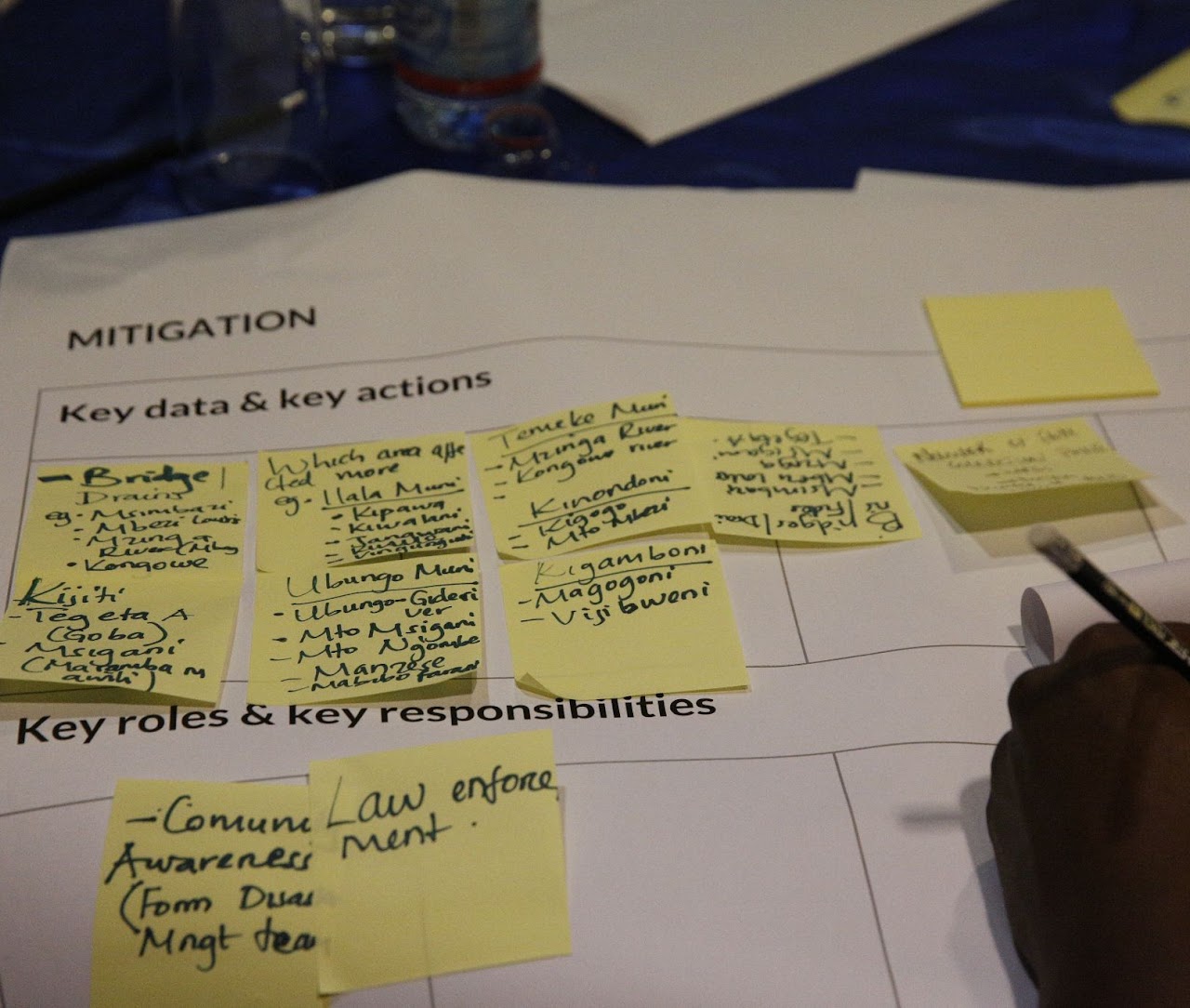Enterprise applications help organizations share and work on information. They coordinate efforts to achieve major organizational goals.
These applications come in many forms. They range from complex tools that focus on business process management and automation, to systems for resource planning, supply chain management, and customer relationship management.
In this article I share the lessons I have learnt while designing enterprise and domain related applications.
1. Define user roles and their information needs.
This is the part where if I hear someone say personas I might scream. I am not saying that personas are a bad thing, no, but when it comes to enterprise software they might not be very useful.,
You must understand who your users are. I recommend focusing on clear user roles. You can also use archetypes as the Nielsen Norman Group suggests.
When you focus on user roles, you can address two things:
- The specific information needs and pain points of each targeted user.
- The business goals the application must meet.
Don’t Forget the Admins
User roles also help you focus on people like application administrators. These users maintain the application. They install, configure, load data, upgrade, and report technical issues.
Designing interfaces for this role is important. Why? It makes onboarding easier for them. It also ensures that fewer people need direct access to the database, because configurations can be managed on the UI.
In small companies, the application administrator might be the same person as the system administrator. However, they are often different people.

2. Create a Solid Information Architecture
A strong information architecture makes navigation design simple.
Work with all stakeholders during your research. This ensures you know all the information that will flow through the application. Based on user roles and business requirements, you will know:
- What information the user expects.
- How to display that information.
- Where to display it.
Design Clear User Flows
Knowing the information needs helps you create an information hierarchy. Then, you can use this hierarchy to design user flows.
User flows help with navigation design. They give a clear snapshot of how a user will experience the application, complete their tasks, and meet business goals. Good navigation promotes usability. It increases product credibility and user acceptance. Furthermore, it helps users understand the product and discover new features quickly.
3. Get user feedback and iterate.
Practice agile design as much as possible.
Iterating and testing your designs with users lets you account for constant changes. This includes changes in user behavior, technology, and business goals. In addition, it helps you capture the needs of mobile users. For example, people often work on the go in remote or field work. Testing and iterating will help you capture their specific needs well.
He is a real-world example
I worked on a project to build a web application that manages and monitors the implementation of infrastructure projects by combining data from different sources.
During the first iteration we focused on the desktop version. However, after the first presentation we learnt that users had to capture exact geo locations while in the field. This piece of information was very important for map visualisations. Consequently, we prioritised this in the next iteration which focused on mobile design.

4. Prepare yourself to design data visualizations and dashboards.
Given the amount of data that goes through these applications, the right data visualizations can help different users interact and understand data faster. Dashboards provide insights that the business can use for decision making or further research.
Familiarize yourself with data analysis. This knowledge will help you design different kinds of visualizations for the enterprise application. You should know how to include:
- Trends
- Comparisons
- Correlations
- Spatial data
- Proportions between different data sets.
Depending on the application you design, you might create a single dashboard or multiple dashboards.

5. Aim for simplicity and minimalism.
Complex business processes can make minimalism difficult. However, you should try to keep things simple whenever possible.
Simplicity helps to reduce visual overload. Users can then find important items quickly. You can also create repeatable UI patterns that can be adopted across different features.
For example, in one project, we made sure the base layout for most features was the same. This familiar structure helped users. They developed a mental model that allowed them to identify actions quickly and learn new features faster.
Final Thoughts
As I continue to grow in the field of UX design I am learning more things with respect to different kinds of digital products. I have learnt that whether building a product internally for your own company or building it for other companies to use, it is important to invest in UX design. Integrating UX principles during product development ensures that products are built to provide efficiency and improve overall productivity. It also improves usability and creates user satisfaction which can directly impact product credibility and acceptance.
Photo credits: Unsplash
